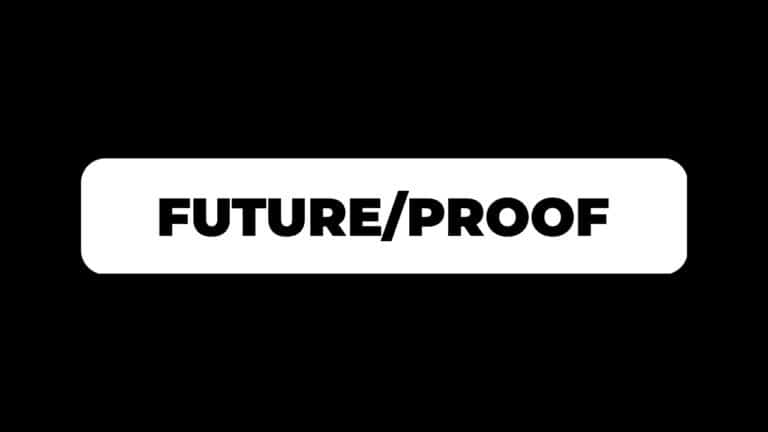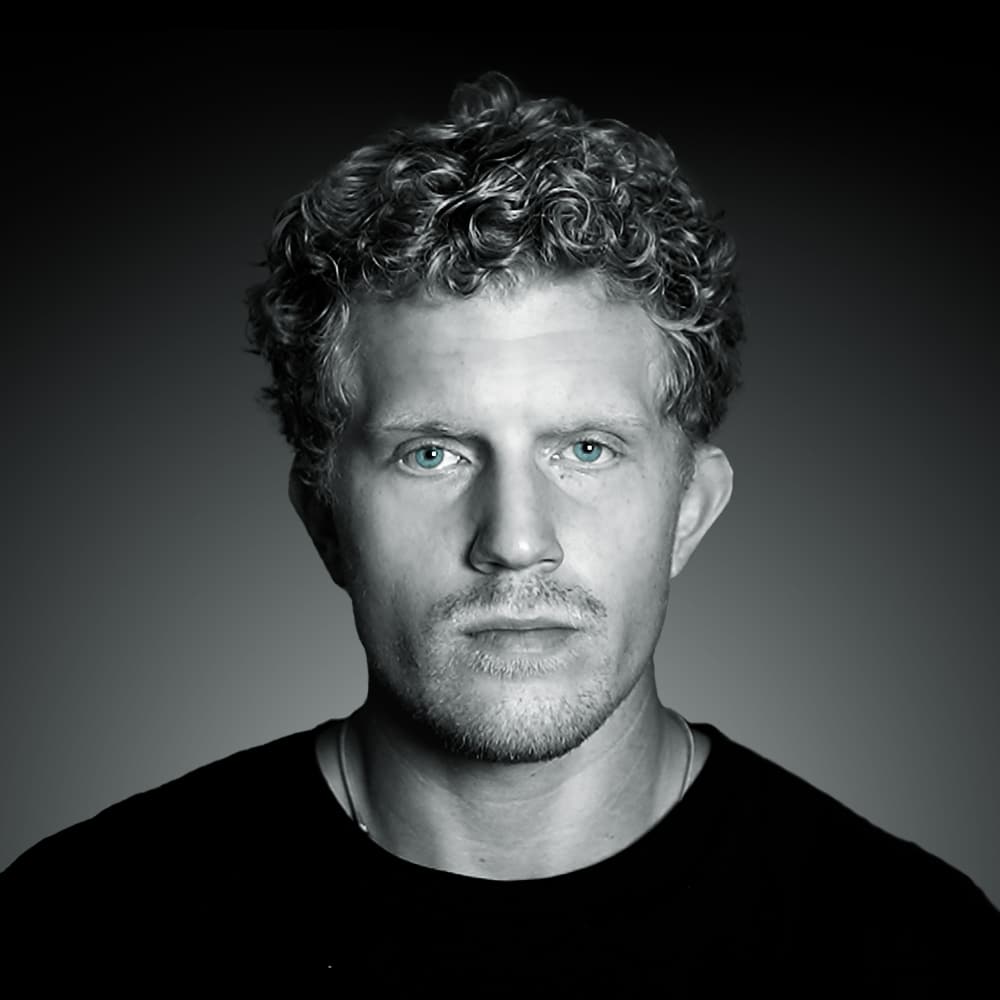Your life feels terrible because your mind is filled with beliefs that interpret it as terrible.
But here’s the truth that psychology points to:
You’re in the perfect position to change your life.
However, most people don’t know this, and they get stuck in their situation for years. Sometimes decades. They never realize that they are one shift away from a completely different experience of life.
Now, you may feel like you’re stuck in a career you hate.
Or you may be in a constant battle with negative emotions.
Or… you may just feel like you’re constantly spinning your wheels, trying to make something work but getting demotivated because you keep starting from zero.
Thankfully, there was a little known breakthrough in psychology in the mid-20th century which showed that human values, motivations, and thinking evolve in predictable stages over time, both individually and societally.
Meaning, when you understand what stage you’re in and the exact “conditions” you need to make progress, what seems impossible now becomes inevitable.
Your mind literally reconstructs how it processes reality.
This is unlike any modern self-help band-aid that only offer temporary motivation that always fails because they don’t change who you are at the root level.
Instead, this shines a light on the exact sequence your mind needs to “move through” to create lasting change.
I’ve spent the last 4 years of my life synthesizing dense books, long lectures, and my own experiences into what I hope is a useful guide to getting unstuck.
The Theory That Changed Human Potential
The breakthrough in psychology we hinted at is called the “Levels Of Existence” theory.
It was developed by Dr. Clare W. Graves which went on to influence other theories such as:
- Spiral Dynamics (popularized by Don Beck and Christopher Cowan)
- The 9 Stages of Ego Development (which we’ve discussed previously)
- The AQAL Model (Ken Wilber’s expansion on all of the above that synthesizes them all together)
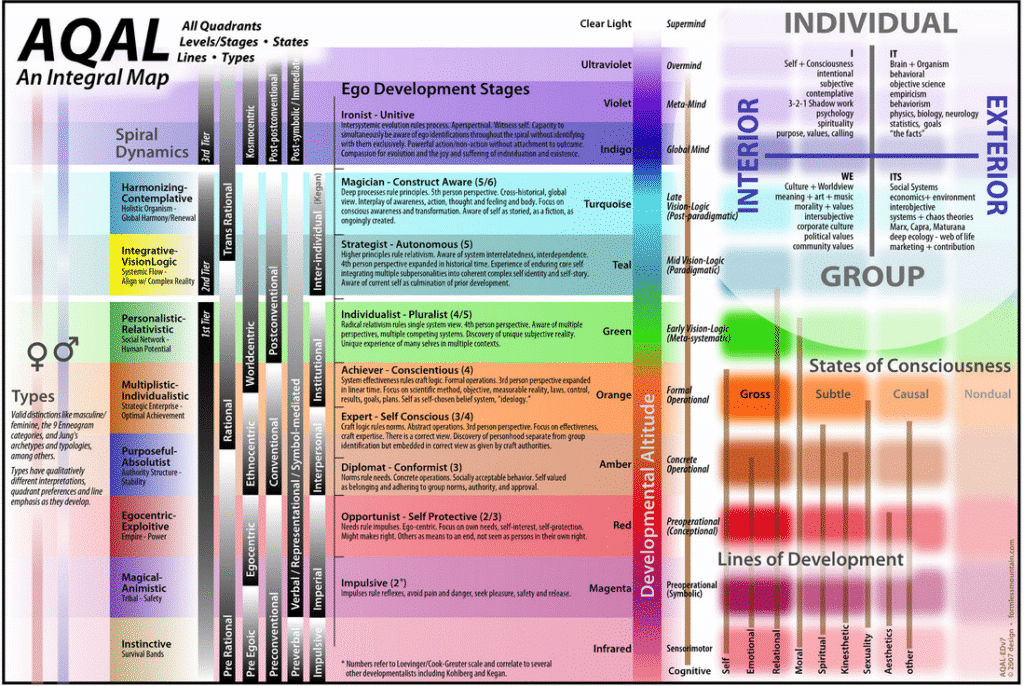
For the purpose of this letter, we’re going to focus on the Spiral Dynamics Model.
In short, it states that human value systems or worldviews (which influence how we interpret the world and make decisions… in other words, our operating system for reality) evolves through stages in an upward spiral.
These stages are the structure of how we think.
Each of us as individuals move up the spiral as we age and develop ourselves.
But this doesn’t only apply to the individual, it applies to societies as a whole, as you’ll be able to tell. If you can understand this, you can make sense of much of today’s political battles, work culture (like 80 hour work weeks), and why religious institutions are losing their occupancy in the global mindshare.
Now, there are 2 tiers, the old paradigm and new paradigm, that house each of the stages.
My goal, of course, with this letter is to give you the tools to identify where you are and transcend to new stages, allowing you to see your life from a new perspective and unlock the mental space necessary to achieve higher forms of success.
Tier 1 Stages (First-Tier Thinkers)
The first tier represents the “old paradigm” ways of thinking.
These stages are largely driven by survival and motivated by deficiency needs. Each of these stages believes that their worldview is the “right” or “only” way to think, like red vs blue politics, or business gurus teaching their eCommerce model as the one true way (I’m guilty of this too!)
Lastly, these stages tend to react to life. They live by their programming and respond to situations in predictable ways that often seem scripted. Like how talking to a devout Christian can seem like talking to the bible, or how talking to a rigid Democrat can seem like talking to the news channel on TV.
Of course, none of these stages are bad.
Everyone goes through them in one area of their life or another.
But, things can become very bad if you get stuck in a less than optimal stage, which is very likely to happen in Tier 1.
Here are the stages with what I hope to be helpful examples:
Stage 1) Beige – Survival Sense
Beige thinkers are focused on meeting basic survival needs.
This is increasingly rare in today’s world (<0.1% of the population) and people typically leave this stage early in their childhood.
Stage 2) Purple – Safety In Community
At around 10% of the population, the Purple stage belongs largely to tribal societies and clans.
I’m assuming most of you don’t live in these conditions, so we won’t dig too deep here.
Stage 3) Red – Power & Action
While this stage is mostly populated with developing nations and gang territories, the teachings are important. This was a key stage in the great empires of the past, but we’ve largely evolved as a society out of it.
The thing with these stages is that while they may be your “baseline” worldview or way of thinking, you never really “leave” any given stage. You transcend and include their properties.
You are never really in one stage.
If you are in a particularly stressful period of your life, you can tap into this stage quite easily for the sake of commanding some form of power or authority.
If you watch sports fans get angry at a TV and start yelling when their team starts to lose (or when a political party is about to lose to the other) you can directly observe how people instantly change how they think and start “attacking” the other side in an attempt to regain power.
Stage 4) Blue – Order & Purpose
Most of today’s world (around 40%) falls into the blue stage.
Blue thinkers value structure, rules, clear purpose, and stability, often assigned to them by some external source, like the value code of a religion or productivity system.
One prime example here are bible thumpers who outsource all of their decision making to a strict doctrine (i.e. Christianity or Islam).
In the domain of work and careers, Blue values stable jobs with clear hierarchy. They follow company policy to avoid risk. They want certainty.
Stage 5) Orange – Achievement & Success
While most people are in Blue, I would argue most people watching this are in Orange while many jumping into Green and sometimes tier 2.
Orange thinkers value individual achievement, rationality, and personal success.
They are the goal setters, self-helpers, and those focused on winning at all costs.
In terms of religion or spirituality, this is where most people start to question tradition for the sake of personal growth. Many become atheists, many just don’t know what to believe and don’t care to find out (until later stages).
In terms of work and career, this is where people tend to fall into 2 camps: pursuing their own side hustle or entrepreneurial venture, or climbing the corporate ladder. Both provide a sufficient amount of challenge.
Stage 6) Green – Community & Harmony
Green holds a special place in my heart because I remember my hippy phase in college shortly after my rebellious phase against the religion I was raised in.
“Everything is good just as it is, man.”
I feel like that was my first glimpse into Green, while I was still largely Orange throughout college, and still am in some areas of my life.
Green values connection, consensus, and meaning. They’re often progressive, post-modern, and focus on universal love, found in academic centers for better or worse.
The main problem is that Green can get trapped in what Ken Wilber calls “aperspectival madness.”
In essence, aperspectival madness occurs when individuals or societies recognize the validity of multiple perspectives (which is good), but then fall into a relativistic trap where they cannot or will not integrate these perspectives or make value judgments between them (which is problematic).
Postmodernists—well, not real postmodernists, but those who disguise themselves as such yet still have a lot of Blue and Red residue (meaning they still believe one perspective is the right perspective, which is “no perspective.”)—want to dismantle hierarchies and privileged perspectives (i.e. identity/gender politics), and in doing so, create their own dominator focused hierarchy (deeming hierarchies bad is still a value judgment, placing hierarchies at the bottom of their unconscious hierarchy) that lacks regard for evolution and the structure of reality.
Tier 2 Stages (Second-Tier Thinkers)
The key shift between tier 1 and tier 2 is that the first tier stages believe they have arrived at the correct worldview and try to push that on others, often unconsciously.
The second tier stages, however, recognize that each stage is a necessary and valuable part of human development, with each stage having it’s appropriate responses to their life conditions.
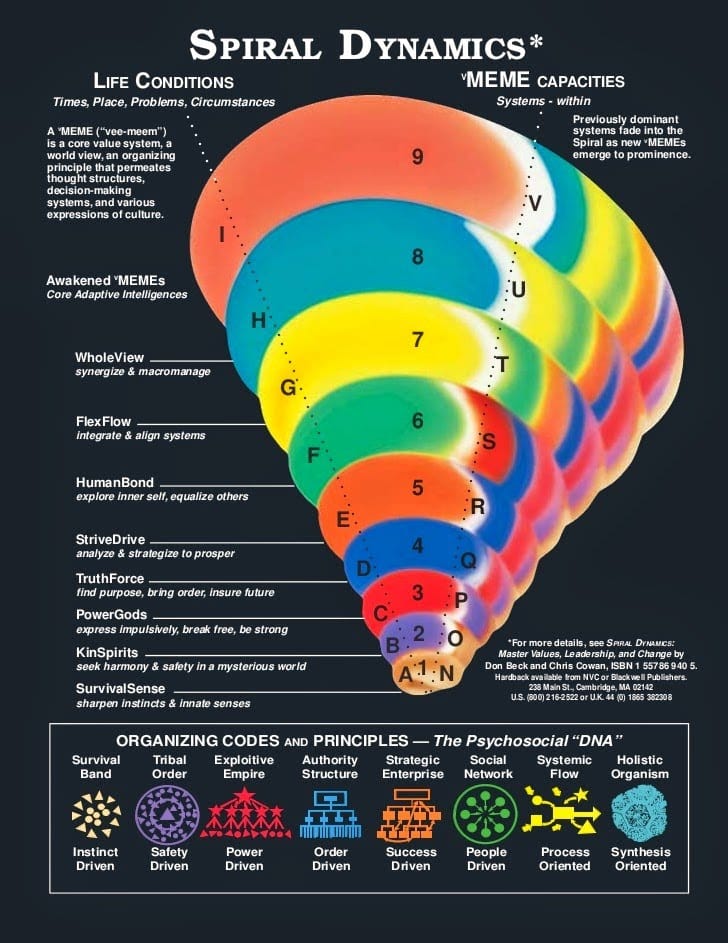
Graves and Beck – those who developed these theories of developmental psychology – consider the shift from tier 1 to tier 2 to be a monumental leap in consciousness. It is the leap from subsistence-level values to “being-level” values which is comparable to the emergence of human consciousness itself.
Stage 7) Yellow – Integrative Flexibility
Yellow thinkers value systems thinking and adapting solutions to context.
They understand that the content of a situation is highly dependent on the context, like how the word “jump” takes completely different shape when used in two different sentences:
The man jumped on the trampoline.
The man jumped to conclusions.
Think about that, and apply it to every situation, word, action, thought in your head, and the rest. If you can tap into this stage of thinking, life gains significant depth.
This stage can combine multiple approaches from various perspectives. In productivity, they can balance structure (blue) with innovation (orange) and purpose (green) to craft a custom path that works better than any of them in isolation. They aren’t team “you don’t need a routine” or team “you need a routine” they are team “do your own f*cking thing.”
In spirituality and politics, they are integrative. They transcend group boundaries and pull truths from each perspective, like how some are starting to merge Eastern and Western thought for a more impactful and comprehensive approach to meaning making.
Stage 8) Turquoise – Holistic Flow
Turquoise thinkers value global consciousness, holistic views, and interconnected systems.
They build businesses with a triple bottom line – people, planet, and profit – taking on a much higher responsibility relating to their interconnected impact on the world. We’ve talked about this many times and I discuss this partially in Purpose & Profit chapter 3.
In spirituality, this is where consciousness work, oneness, and Gaia theory take root.
All of these stages follow a general trend:
With each increasing stage, we expand our circle of concern from egocentric to cosmocentric. Meaning, first we care only about ourselves, then our family or tribe, then the world, and so on as our mind develops to house more meaning, complexity, and responsibility.
Lastly, these stages move up in a spiral fashion, hence the name.
Each stage, starting at Beige, oscillates between self-expressive and self-sacrificing (self-centered and other-centered).
At the Beige stage, one is focused on pure survival and fending for themselves. In the next Purple stages one seeks safety in community. In red, one seeks personal power while Blue seeks order and purpose in something like organized religion. And so on and so forth.
Now, stick with me here, as there are a few important concepts we need to understand before you can accurately apply this model to your life.
But once you understand them, you won’t be able to unsee them, and the way you view the world will change forever.
This will set the stage for setting up your life in a way that allows you to navigate to higher and higher levels of existence.
The Importance Of Memes (No, Not That Kind Of Meme)
There are other patterns of information that compete with one another to maintain their shape and transmit themselves through time. For instance, languages are engaged in competition, as are religions, scientific theories, lifestyles, technologies, and even the elements of that realm of consciousness we have come to regard as the ‘self.’
– Mihaly Csikszentmihalyi
Memes.
No, not the memes you endlessly scroll on your phone (even though those are memes).
Memes are like genes, but for consciousness or mind.
Memes are units of cultural information that spread from person to person. One prime example (that some may love or hate) is the “Woke Mind Virus” that Elon Musk has vowed to destroy. To me, this is the exact “aperspectival madness” that Ken Wilber has coined for those in stage Green.
Memes are fascinating because they reveal one unique characteristic that no other being has:
While both animals and humans attempt to survive and reproduce on the physical level (they attempt to spread the information in their genes), humans also attempt to survive and reproduce on the conceptual level (they attempt to spread the information in their mind – with memes).
Genes didn’t cut it anymore for increasing our chances at survival, so by some process that I’m not fully aware of, we evolved to the level of mind.
We invented language. We invented religion. We invented tools and technology likes plains and clothes and fire that allow us to survive in almost any condition—unlike animals who can only thrive in their niche (try swapping a polar bear and lion and see how they turn out).
The hidden process behind the world you live in right now is thanks to one little thing:
The self.
The strange loop of us thinking about our own consciousness in relation to others.
In terms of survival, humans feel the threat of someone challenging their beliefs. We feel the need to “defend” ourselves when a piece of our identity is under attack, like our political position, religious beliefs, or any other thing we consider a part of our lives, like our partner deciding to go to the gym which exposes your insecurity of not following along because you’re afraid of the pain that comes with change—your old self may die.
In Spiral Dynamics, the stages illustrated previously are called vMEMEs (Value System Memes).
Memes, as a whole, represent why ideas resonate with us or not.
Your values—beliefs, standards, points of reference, or other elements of identity—shape what is important to you and what is worth noticing.
If you value health, and have a standard for it that makes you feel threatened if you disobey it (like missing the gym for a week), you will notice opportunities that help you solve that problem.
If you don’t value health, or financial stability, you will continue to notice things that keep you in that position. Opportunities will fly right under your nose because dopamine won’t fire for the sake of your continued survival in the direction of optimal health or finances.
The stages of Spiral Dynamics are important for this reason.
The stage you are in determines much of what you notice in reality and the opportunities available to you.
And the higher stages you reach, the more you can tap into the stages beneath, meaning you have both the ability and wisdom to spot opportunities for varied versions of success and achieve them with grace as you move up the spiral.
The question then is, how do I move up the stages beyond the one that makes me feel trapped?
The good news:
You are in the perfect spot to change.
How To Unf*ck Your Life
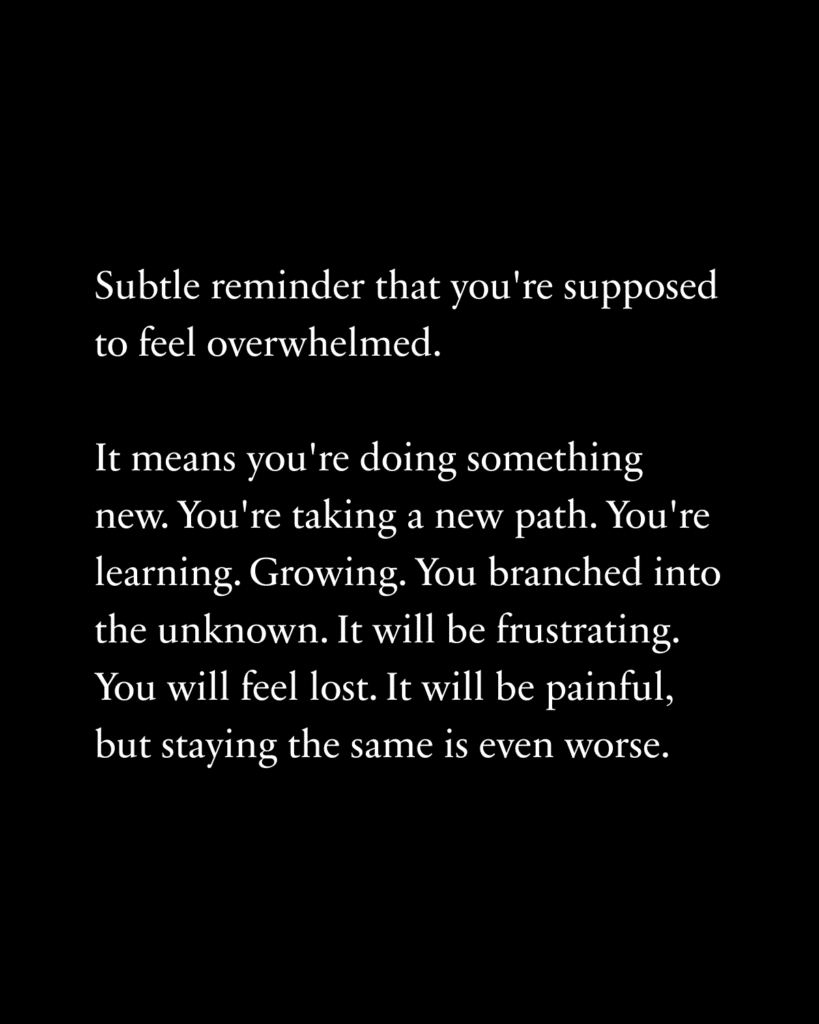
First, we need to understand the sequence of change.
These are the 4 “phases” to expect as you move from one stage to another:
- Alpha – Life is good and normal. There is order.
- Beta – Doubts arise as you enter a new phase. Doing the same thing only makes it worse.
- Gamma – You feel lost. Things are chaotic and turbulent. This is where you can get trapped and feel like there’s nowhere to go.
- Delta – Things are vibrant. You make quick progress and reach a new baseline. This is where you learn the most and feel the growth.
You’ve probably experience that sequence before but didn’t realize it.
I personally have, many times.
In my business, things feel stable for a bit. Then I feel as if something needs to change, or I notice that my systems aren’t serving me as they usually are (I notice this in revenue, engagement, customer satisfaction, etc).
Then, things start to get chaotic. I’m stuck between what I was doing and experimenting with things I don’t completely understand yet.
Eventually, things start to work. Order starts to come back. I hit record highs in revenue knowing that I’ll see a subtle dip back down to baseline.
Funnily enough, I noticed this sequence before learning about Spiral Dynamics.
I discussed the “Cycles of Progress” in a previous letter which stated these stages:
- Perplexity – you feel lost after a period of consistency.
- Curiosity – you become curious as to how to reach the next level.
- Intensity – you experiment until you find that one thing, then progress surges.
- Consistency – you reach a new baseline until the cycle inevitably repeats.
Now, that’s all great, but how do you actually prime yourself to reach a new stage of development?
We focus on the “Grow up” portion of Ken Wilber’s Wake up, Clean up, Grow up framework for human development.
Wake up meaning becoming aware of your true nature beyond the ego—accessing states of consciousness beyond ordinary waking awareness.
Clean up meaning psychological healing through shadow work—addressing unconscious or repressed aspects of yourself that are causing unnecessary harm.
Grow up meaning cognitive, moral, and perspectival development—expanding your cognitive complexity and worldview while building the capacity to take on multiple perspectives.
We’ll save waking up and cleaning up for other letters, but in terms of growing up, here of the conditions for reaching new stages of development:
0) Navigating Change With AI As Your Coach
The incredible thing about AI is that it can tailor an approach specific to you.
I can’t give you hyper actionable steps to reach the next stage, because that would require an entire book going over potential strategies for each stage… and I’d have to somehow hack your brain and gain access to your experience and worldview, which probably isn’t happening.
Here’s what I want you to do:
1 – Log into Kortex and run through The Life Reset Map workflow
You can find this in Chat > Plan
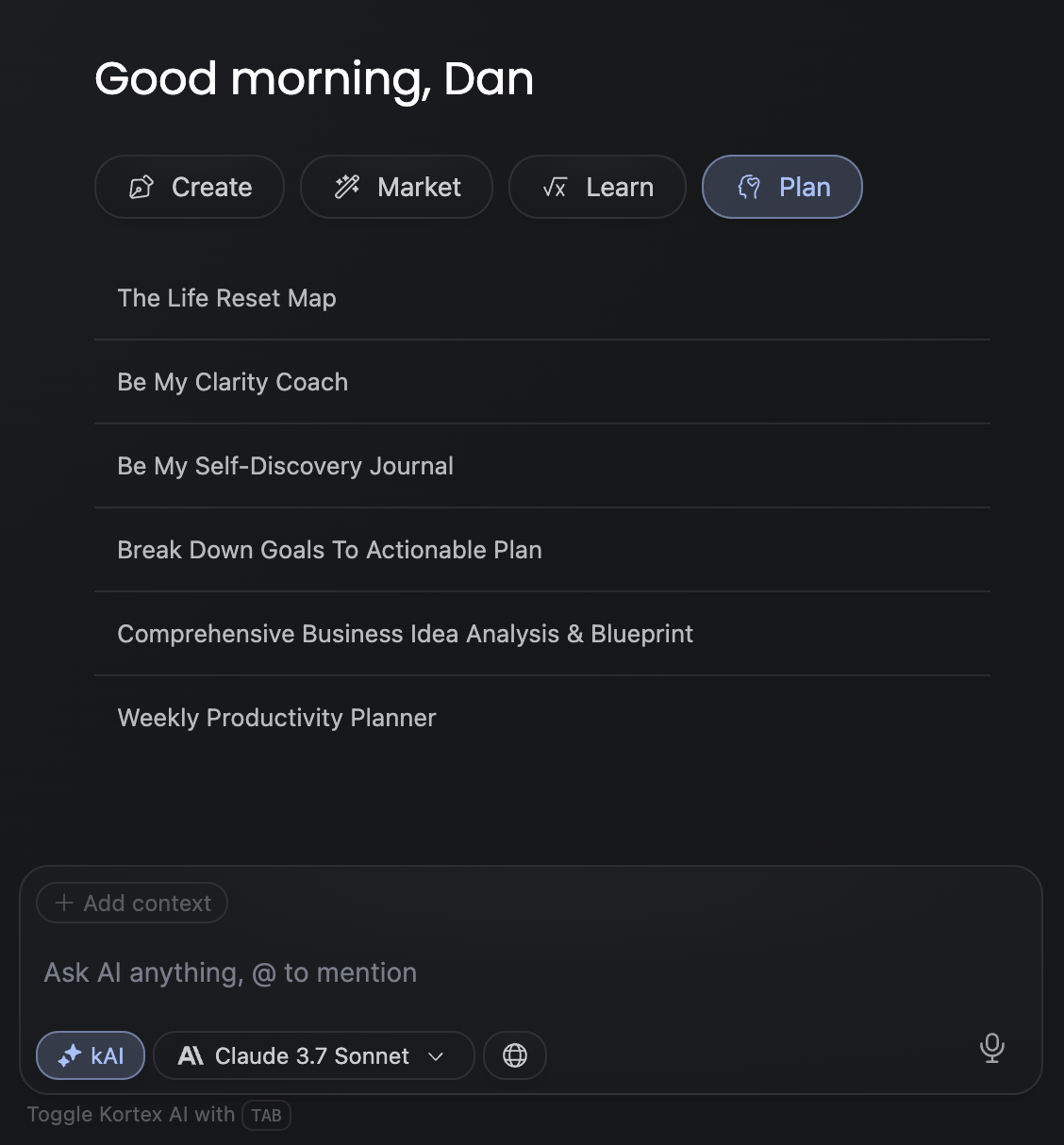
Once you finish the interview questions, it will spit out a comprehensive blueprint with your life vision, goals, self-education plan, and potential skills to acquire.
You can save this output as a document with the “Create New Document” button at the bottom of the AI message. (This will come in handy for the next part).
2 – Train AI on Spiral Dynamics and ask it to help guide you to the next stage.
Here is a document you can duplicate with my notes on Spiral Dynamics with instructions on how to use it with AI, prompt included.
You’re going to connect your previous Life Reset Map as context along with the Spiral Dynamics notes and ask AI to help identify what stage you are in.
After you are done chatting with the AI, ask it to summarize the entire chat, the save that as a document.
I’ve created a short Loom video to show you how to do this.
3 — Use the Be My Clarity Coach Workflow to help you when you’re stuck
From there, you now have documents with:
- Your Life Reset Map
- Spiral Dynamics Notes
- Specific advice based on your stage
Now, you can go to Chat > Plan > Be My Clarity Coach, attach those documents as context, and ask it what you should start doing.
If you do the challenges it gives and continue asking questions, you will get far.
Here are the conditions to keep in mind as you go:
1) Potential To Change
Change must be possible if you want to reach the next stage.
You need either the skill acquisition, resources, or environment that allows you to see the potential for change.
This corresponds to the concept of “horizontal development” in Susanne Greuter’s ego development theory.
In order to move up vertically (to new stages) one must acquire a sufficient amount of knowledge, skill, and experience within their current stage. You can’t jump up stages without ample development in the stage you are in.
This requires you to educate, practice, pursue goals, and improve in the things you are currently doing in your life.
2) Solve Unresolved Problems
Each stage presents a unique set of problems.
I personally like to think of self-development as an endless series of problems that, once solved, increase in meaning and complexity, making life more interesting as you solve them.
Since the majority of you are in stages blue through green, and since we are focused on our personal lives, these will almost always involve the big 3:
- Work
- Health
- Relationships
All of these are interwoven and drastically impact one another.
You can’t perform your best at work or in your relationship if your health is impacting your mental and emotional state. Your health will take a hit if your work or relationships are too stressful.
In work, this could be changing your career or reframing your mind to find the work more enjoyable.
In relationships, this could be having difficult conversations.
In health, this could be something as simple as starting with daily 15 minute walks.
All of these issues that are circulating in your life do have solutions.
It’s your job to identify those problems, self-educate, and experiment with solutions until you discover the one that works. This also increases your potential to change.
3) Felt Dissonance Within Current Worldview
This is one of my favorites because you see it so much in our space.
One prime example is someone like Chris Williamson, who on our podcast together mentioned how he felt like he had to be constantly busy in order to feel sane. He saw rest as a weakness until recently, and is still grappling with that problem in one way or another.
For many children advancing from Blue to Orange, they feel as if the beliefs they were raised with—like going to church and praising a specific God—no longer resonate with them. It doesn’t answer their questions sufficiently and creates a sense of dissatisfaction, sparking their curiosity to learn.
4) Insight Point & Awareness Of Other Approaches
After some time sitting with the dissonance and being open to other approaches, they reach the point of insight, where everything crashes into their psyche at once.
The productivity obsessed realize that rest can increase the quality of their output. Their work style may change, but their work sees a notable increase even if their overall volume decreases.
The curious child finds a new belief system to dive into and identify with, for better or worse, potentially posing a trap if they close their mind to the next stage.
5) Eliminate, Bypass, Neutralize, or Reframe Barriers
Once you are stretched between two opposite poles (your old way of life and the new approach you want to take), you will encounter obstacles on the path.
If you are an aspiring writer, you may fall into the trap of perfectionism.
You start projects and then quit because they are never good enough.
With this specific obstacle, you would need to reframe your relationship with perfectionism. You would need to realize that the only way to get better is to start with something you find embarrassing, knowing that others actually don’t care that much, and improve as you continue practicing the craft.
6) Expect Periods Of Confusion & Long Learning Curves
All of this is up in the air because nobody can tell you what to do, they can only tell you how they did it, and that lacks regard for:
- Your value system
- Your current stage of development
- Your personality, beliefs, identity, goals, and the rest
The purpose of education, at this point, is awareness.
I can give you examples and processes, but if you don’t have the ability to understand where you are and who you are, those won’t serve you much.
The path will be confusing.
It’s not supposed to make sense just yet.
When you’re doing something new, you aren’t supposed to be anything other than lost because you’re flailing in the middle of the ocean until you learn how to swim (or build a boat).
I hope that with this letter, I’ve given you not the practical things to do, but the points of reference from which you can start making better mistakes.
Thank you for reading.
– Dan

